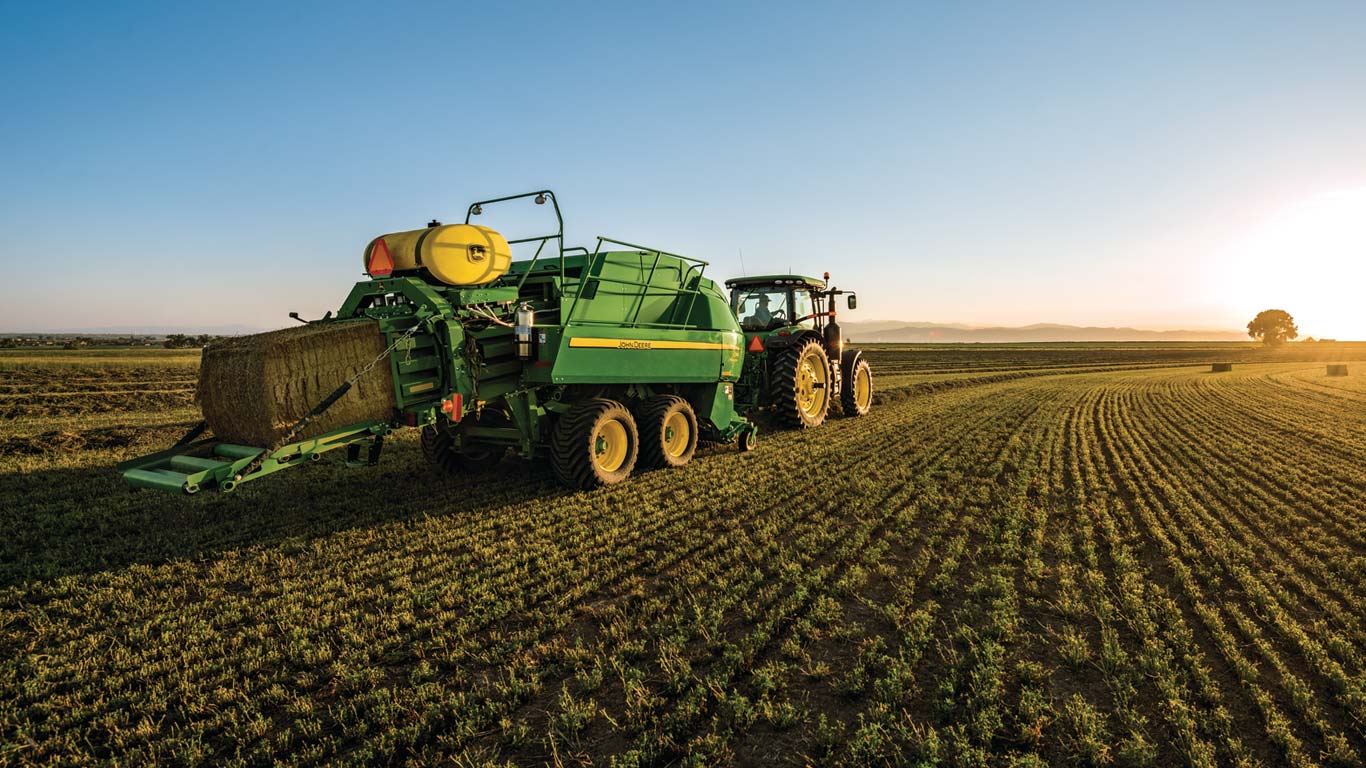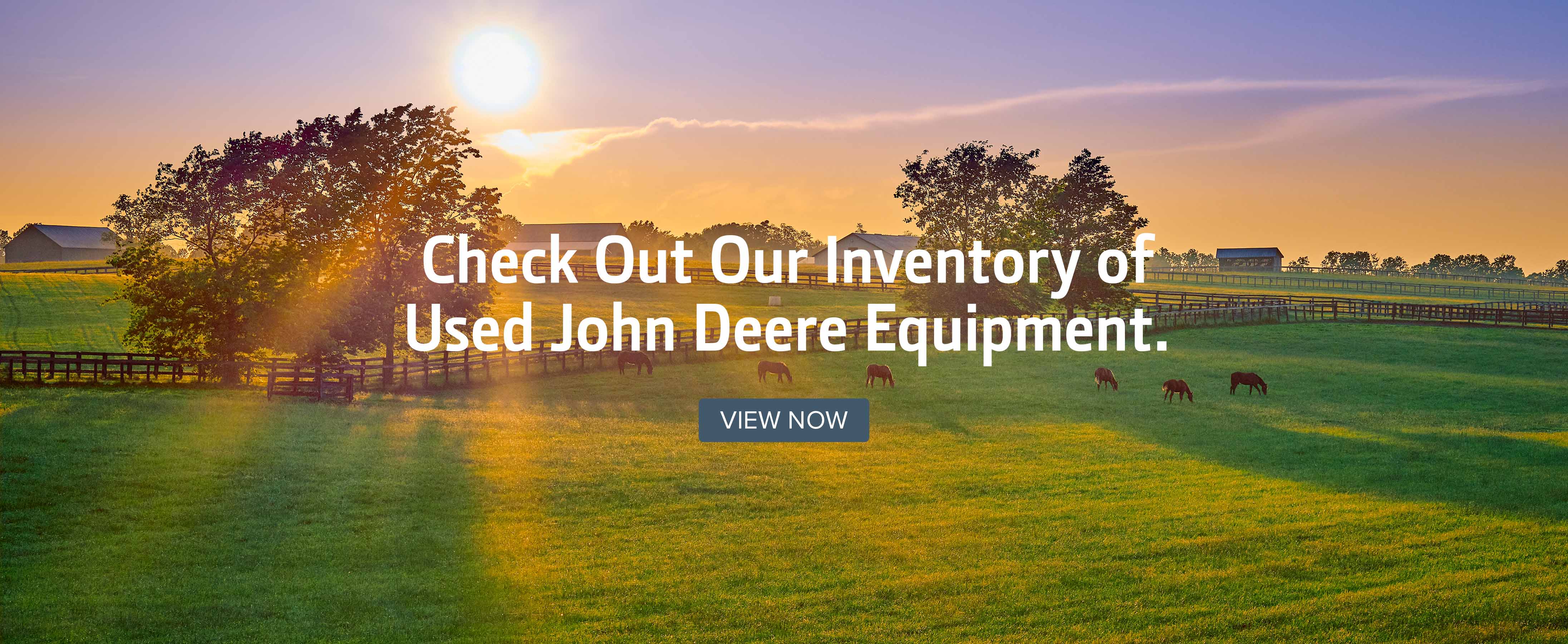Baling hay is a complicated job that can be difficult without the right tools and equipment. Thankfully, John Deere provides a variety of hay baling equipment and attachments that make the baling process efficient and thorough.
What Equipment Do You Need for Baling Hay?
There is a variety of equipment that can be used to bale hay. The most common pieces of equipment to bale hay include round balers, square balers, tedders, rakes, tractors, and harvesters. Depending on the amount of hay that needs to be baled, will influence the type of equipment you use.
What Attachments Do You Need for Baling Hay?
When baling hay, certain attachments can enhance the efficiency and ease of the hay baling process. Here are some common attachments that can be beneficial for hay baling:
What are the Different Types of Hay Baling Equipment?
There are a variety of different types of equipment that can be used to bale hay. The most common pieces of hay baling equipment include the following:
- Round Balers
- Square Balers
- Hay Tedders
- Rotary Rakes
- Bale Wrappers
- Wheel Rakes
How Long Should Hay Sit Before Baling?
The ideal drying time for hay before baling can vary depending on several factors such as weather conditions, the type of hay being harvested, and humidity levels. However, as a general rule of thumb, hay should typically sit in the field for about 3-5 days before baling. To determine if your hay is ready for baling, it's essential to monitor and measure its moisture content. It’s recommended that moisture content is generally around 15% for small square bales, 18% for large square bales, and 14% for round bales.
What Happens if Hay Gets Rained on Before Baling?
If hay gets rained on before bailing, there can be a series of potential consequences including, moisture retention, heat generation, color and aroma changes, difficulty baling, and degraded nutrition quality.
What Happens if Hay is Baled Too Dry?
If baled hay is too dry it can increase bitterness, fire risk, dust, and leaf shatter, as well as decrease palatability and nutrition quality.
For more information regarding hay baling equipment, contact your local John Deere dealer.
If you enjoyed this post or want to read others, feel free to connect with us on Facebook, Pinterest, Twitter, or Instagram!
Additional Resources

